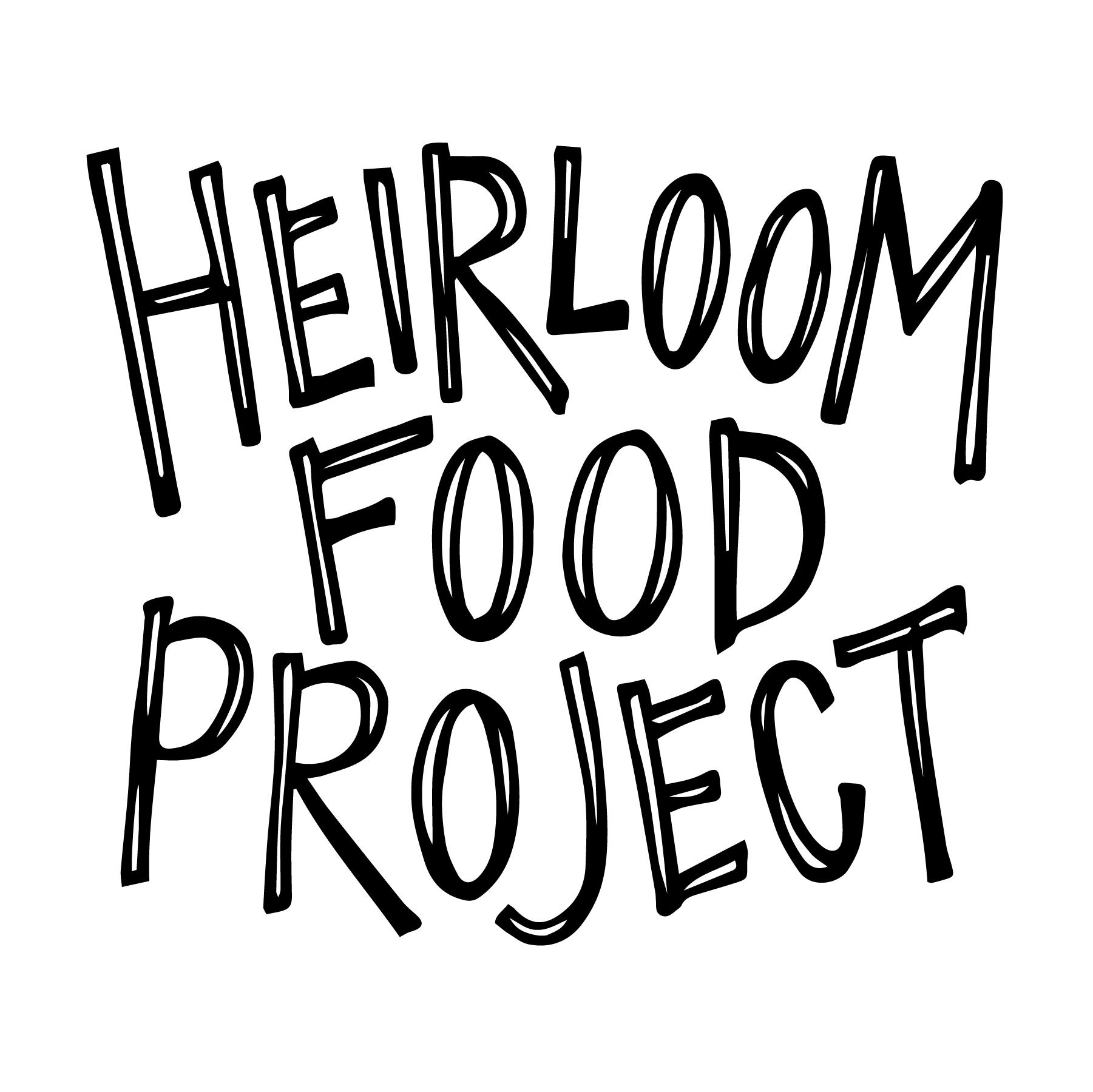How to Bake like a Dane
It’s no secret that Denmark excels at baked goods. But if you’re not a native, getting started may be confusing. I’ll share what I’ve learned, so you can whip up your first batch of Danish treats.
On my first tour of Denmark, I visited at least ten different homes of friends and family. The one item consistently on the shelf in each and every Danish kitchen? The Meyers Bageri cookbook. But more than the book, there was usually a bounty of home-baked goods. To me, it seemed that fresh-baked breads, cardamom-scented buns, and playful kanelsnegle (cinnamon buns) heated up homes, inviting guests into a warm hug. I wanted to recreate that in my own Danish kitchen as soon as possible!
The following is by no means an exhaustive list of all you need to know about baking in Denmark, but these are the staple tools and techniques I’ve learned so far as I’ve begun to take on projects in my own kitchen.
The Dough Bowl
As prevalent in Danish kitchens as the Meyers Bageri book, these large, ceramic bowls are typically earthen-textured on the outside and glazed on the inside. They’re angled to be wider at the top so your hands can knead bread dough unencumbered. When my Danish husband moved to the U.S. for university, he packed one of these heavy bowls, with a diameter the length of my forearm, in his suitcase with strict weight limits. That’s how important it is to have one in the Danish kitchen.
Marzipan
This sugared almond paste plays a central role in Danish sweets like pretzel-shaped kringle, celebratory kransekage, chocolate confections, and countless pastries. Legend has it that marzipan was invented in Lübeck, Germany when flour became scarce and bakers scrambled to concoct a replacement from almonds, sugar, and eggs. Look in the chocolate section of your grocery store for the metallic pink package – that’s Odense marzipan, a trusted Danish brand. Pro tip: revet means shredded; most recipes will instruct you to grate the marzipan before adding it to batter (as someone who thought revet was just a filler word and dumped a dense block of marzipan into a slurry of egg and milk, I can attest that grating is an crucial step).
Rising Agents
Yeast comes in cubes. It’s fresh and can be found in the refrigerator section at the supermarket, probably near the eggs. It is more voluminous than dried yeast, so be sure you read the yeast type and the quantity correctly. You may also note that baking soda is called natron and baking powder goes by bagning pulver. If you want to try your hand at naturally leavened bread, you can get free sourdough starter at any Meyers Bageri if you bring your own jar.
Flavoring
If you’re used to liquid vanilla, like I was, you may be surprised it’s not on the shelves; instead, you’ll find whole vanilla beans, vanilla powder, or vanilla sugar. Danish recipes will call for one of these. Additionally, these spices appear frequently, and it’s worth knowing their Danish names: kanel (cinnamon), kardemomme (cardamom), muskatnød (nutmeg), and nellike (clove).
Cookbooks to add to your Collection
Copenhagen Food by Trine Hahnemann – a great starter book in English.
Børnenes Bagebog by Katrine Klinken – written for kids, so the language and the recipes may be the perfect level for your children or your Danish language-learning self.
Meyers Bageri by Claus Meyer – more advanced, in both Danish language and recipe skill-level, if you seek a challenge.
God bagning! Happy baking!
This article is published in The International, a monthly free newspaper created by and for expats living in Denmark. My column features stories about Danish foods and their global histories, as well as tips for home-cooking in your expat kitchen.







